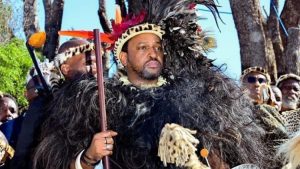In 1843, the British took over Natal and Zululand. After the passing of King Mpande in 1872, his son King Cetshwayo took over the throne and refused to be under British rule.
King Cetshwayo was then given an ultimatum in December 1878 that he must disband his Zulu army, meaning he would lose his power amongst others. A British army was organized, led by Lord Chelmsford to prepare for invasion since they knew King Cetswayo would never agree to their conditions.
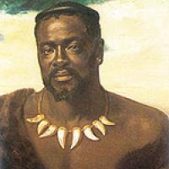
Zululand was then attacked in January 1879 under the command of Lord Chelmsford starting the war known as Anglo-Zulu War, also as the Zulu War. Lord Chelmsford divided his attack force into three fields.
The right field crossed into Zululand near Tugela River to take an abandoned missionary station at Eshowe as their base. The left field was in Zululand from the Transvaal and made for Utrecht.
Near the Rorke’s Drift mission station, the center field crossed the Buffalo River which Chelmsford himself was leading the column and arrived at the Zulu army.
The Zulus wiped out the central British field at Isandlwana, killing 800 British soldiers and taking nearly 1 000 rifles and ammunition.
Later that day a second Zulu force, led by Cetshwayo’s brother, Dabulamanzi kaMpande, attempted to invade the British depot at Rorke’s Drift also known to the Zulu as KwaJimu. This time the British, who had been warned already by the few survivors of Isandlwana, were prepared.
The Battle of Isandlwana
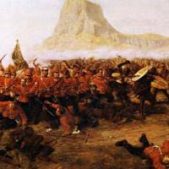
The first major encounter in the Anglo-Zulu war where the Zulu army left Nodwengu on 17 January 1879 to defend Zululand from the centre column. The army were under the command of chiefs Ntshingwayo kaMahole Khoza and Mavumengwana.
The Battle of Rorke’s Drift

This battle took place during the Zulu war against the orders of King Cetshwayo. A huge army of AmaZulu nation warriors attacked a small gathering of British troops who later won this fight after more than 12 hours of fighting.
Battle of Khambula

The Zulu army attacked the British camp at Khambula on the 29th March and they were defeated by the the British army.
Battle of Gingindlovu
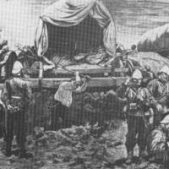
The Anglo-Zulu Battle of Gingindlovu took place shortly after the Battle of Kambula and Rorkes Drift where Lord Chelmsford defeated a Zulu army on his way to overwhelming the Zulu nation at Ulundi.
Battle of Ulundi

The final battle of the Zulu War, fought on 4th July 1879, where Lord Chelmsford’s army destroyed the army of the Zulu King Cetshwayo.
Battle of Blood River:
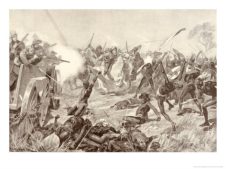
Another war fought by AmaZulu Nation during South African colonization is the Battle of Blood River, also known as the Battle of Ncome River which took place near Ncome River in KZN.
In the early 1800s, the British colonized the Cape sending Boer farmers to South Africa to look for land outside of British control and the Voortrekkers migrated in Natal which was mainly populated by the Zulu nation.
The Battle of Blood River started under the leadership of King Dingane of the Zulu Nation and the Voortrekker under Andries Pretorius. The war was due to disputes over land rights and the killings of Voortrekkers by King Dingane.
In 2016, the Zulu Nation celebrated 200 years of existence. It was founded in 1816 by King Shaka as a small tribe of only 1500 people. Over the years, the Zulus have survived wars, famine and hostilities from white governments.
A brief history of the Zulu nation 200 years : 2016
Sources: SA history: https://www.sahistory.org.za, Britannica: https://www.britannica.com, https://www.history.com, Britishbattle.com






